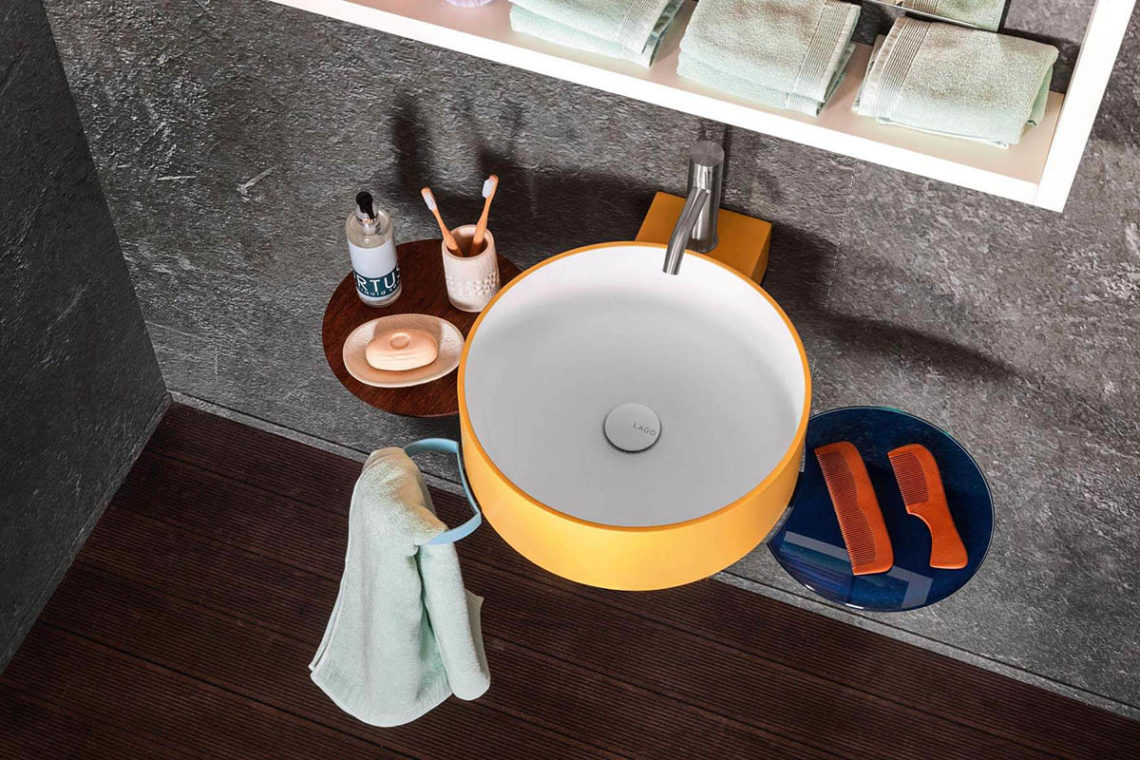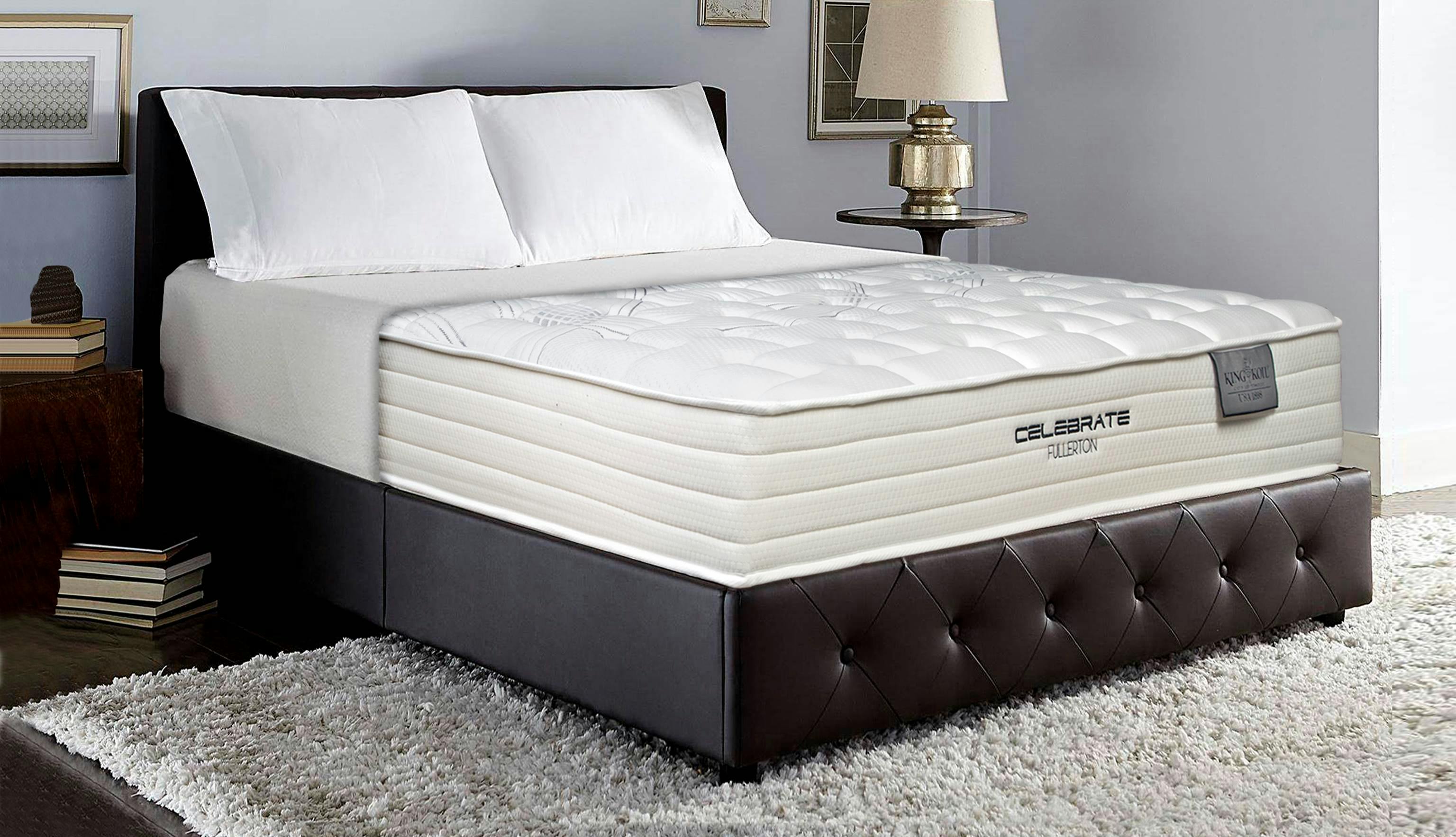Undermount bathroom sinks are a popular choice for modern bathrooms, as they provide a clean and seamless look. These sinks are installed underneath the countertop, creating a smooth surface without any visible edges. They are available in a variety of materials such as porcelain, stainless steel, and copper, giving you plenty of options to choose from. Pros: Undermount bathroom sinks offer a sleek and modern aesthetic, making them perfect for contemporary bathrooms. They also provide more counter space since there is no lip or rim around the sink. Additionally, they are easy to clean as there are no crevices for dirt and grime to accumulate. Cons: Installing an undermount bathroom sink can be more expensive compared to other sink types as it requires professional installation. The sink also needs to be properly sealed to prevent any water damage to the countertop.Undermount Bathroom Sinks
Vessel bathroom sinks are designed to sit on top of the countertop and are available in various shapes, sizes, and materials. They add a unique and stylish touch to any bathroom and can be a focal point of the space. Vessel sinks can be installed on any type of countertop, making them a versatile choice. Pros: Vessel sinks offer a modern and eye-catching look, making them a great addition to any bathroom. They also come in a wide range of materials, from glass and ceramic to stone and copper, allowing you to customize the sink to your personal style. Cons: The height of a vessel sink can be a challenge for younger or older individuals, and it may not be the most practical option for a high-traffic bathroom. They also require a taller faucet, which can add to the overall cost.Vessel Bathroom Sinks
Wall-mounted bathroom sinks are attached directly to the wall and do not have a countertop or vanity supporting them. They offer a minimalist and space-saving solution for small bathrooms or powder rooms. These sinks are available in a variety of shapes and sizes, from rectangular to circular. Pros: Wall-mounted bathroom sinks are a great option for small spaces as they do not take up any floor space. They also offer a clean and modern look and can be installed at the desired height for the user. Cons: Since there is no countertop, there is limited storage space for toiletries. They also require professional installation to ensure the sink is securely attached to the wall.Wall-Mounted Bathroom Sinks
Pedestal bathroom sinks feature a freestanding base that supports the sink, giving it a sculptural and elegant look. They are available in various styles, from classic to modern, and can add a touch of sophistication to any bathroom. These sinks are typically made of porcelain, but can also be found in materials such as stone and metal. Pros: Pedestal bathroom sinks are a classic and timeless option that can fit in with any bathroom style. They also provide a good amount of counter space and have a compact design, making them a great choice for small bathrooms. Cons: The pedestal base can take up valuable floor space, and there is limited storage space for toiletries. They can also be challenging to install and require proper support to prevent any accidents.Pedestal Bathroom Sinks
Drop-in bathroom sinks, also known as self-rimming or top-mount sinks, have a rim that sits on top of the countertop with the sink basin dropping into the countertop. They are available in a variety of shapes and sizes, making them a versatile choice for any bathroom. Pros: Drop-in bathroom sinks are easy to install and can be found at a lower price point compared to other sink types. They also offer a good amount of counter space and are available in a wide range of materials. Cons: The rim of a drop-in sink can be difficult to clean as dirt and grime can accumulate around the edges. They can also look dated and may not offer the same sleek look as other sink types.Drop-In Bathroom Sinks
Console bathroom sinks feature a sink basin attached to a countertop, which is supported by two or four legs. They offer a vintage and elegant look, making them a popular choice for traditional or farmhouse-style bathrooms. Console sinks are available in various materials, including marble, porcelain, and metal. Pros: Console sinks add a touch of charm and character to any bathroom and can be a statement piece in the space. They also offer plenty of counter space and can come with built-in towel bars or shelves for added functionality. Cons: The legs of a console sink can take up valuable floor space, and there is limited storage for toiletries. These sinks can also be more expensive compared to other sink types.Console Bathroom Sinks
Corner bathroom sinks are designed to fit in the corners of a bathroom, making them a great space-saving option for smaller bathrooms. They come in a variety of shapes and materials, including triangular, oval, and round. These sinks can be wall-mounted or supported by a pedestal or vanity. Pros: Corner bathroom sinks are perfect for maximizing small or awkwardly shaped bathrooms. They also offer a unique and stylish look and can be a great addition to a guest bathroom or powder room. Cons: The placement of a corner sink may not be the most practical for daily use, and there is limited storage space for toiletries. They also require professional installation to ensure they are securely attached to the wall or supported properly.Corner Bathroom Sinks
Semi-recessed bathroom sinks are a hybrid of drop-in and undermount sinks. They are partially recessed into the countertop, leaving the front edge of the sink exposed. These sinks are available in various materials and can add a modern and unique touch to any bathroom. Pros: Semi-recessed bathroom sinks offer a sleek and modern look and can be installed on any type of countertop. They also provide more counter space compared to a traditional drop-in sink. Cons: The exposed front edge of the sink can be challenging to clean, and there may be limited storage space for toiletries. They can also be more expensive compared to other sink types.Semi-Recessed Bathroom Sinks
Integrated bathroom sinks, also known as integral or one-piece sinks, are made of the same material as the countertop, creating a seamless and cohesive look. These sinks are available in various materials, including marble, quartz, and solid surface. They offer a modern and luxurious touch to any bathroom. Pros: Integrated bathroom sinks offer a seamless and easy-to-clean surface, making them a popular option for modern bathrooms. They also come in a variety of colors and patterns, allowing you to customize the sink to your personal style. Cons: These sinks can be more expensive compared to other sink types, and they may require professional installation to ensure a proper fit. They also offer limited options for sink size and shape.Integrated Bathroom Sinks
Choosing the right bathroom sink for your space can be a daunting task, with so many different types and styles available. It's essential to consider the pros and cons of each sink type to determine which one is the best fit for your needs. Undermount sinks offer a sleek and modern look, but they can be more expensive and require professional installation. Vessel sinks add a unique and stylish touch to any bathroom, but they may not be the most practical option for high-traffic areas. Wall-mounted sinks are a space-saving solution, but they offer limited storage space for toiletries. Pedestal sinks are a classic and timeless option, but they can take up valuable floor space and have limited storage. Drop-in sinks are easy to install and budget-friendly, but they may not offer the same sleek look as other sink types. Console sinks add charm and character to a bathroom, but they can be more expensive and take up floor space. Corner sinks are great for small spaces, but they may not be the most practical for daily use. Semi-recessed sinks offer a modern look and more counter space, but they can be more expensive and challenging to clean. Integrated sinks provide a seamless and easy-to-clean surface, but they may be more expensive and limit options for size and shape. Consider your budget, style preferences, and practical needs when choosing the right bathroom sink for your space. With the variety of options available, you're sure to find one that fits your unique needs and adds to the overall design of your bathroom.Pros and Cons of Different Bathroom Sink Types
The Various Types of Bathroom Sinks: Pros and Cons
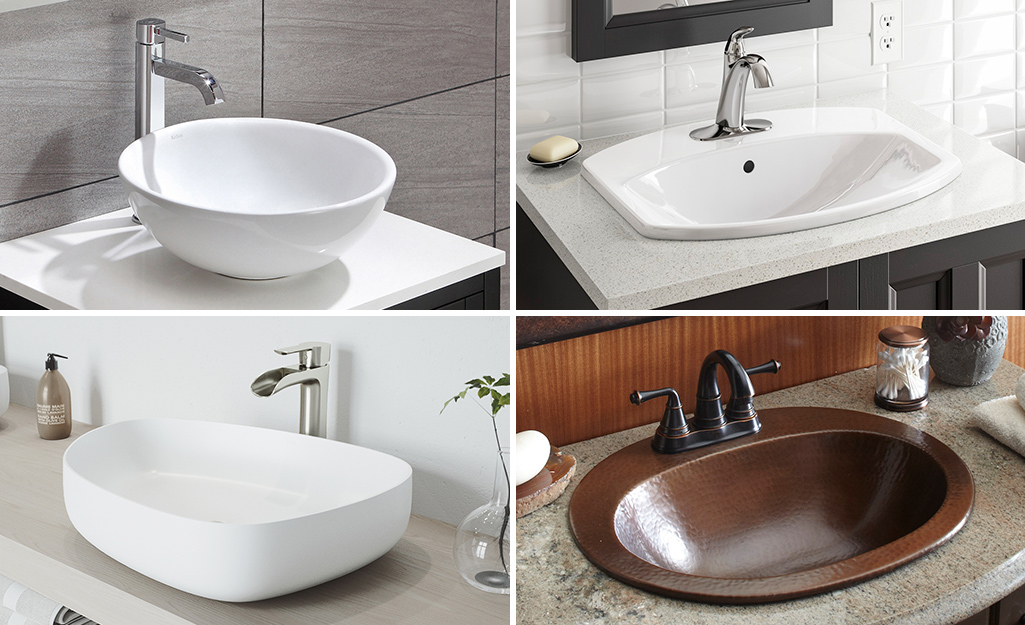
1. Undermount Sinks
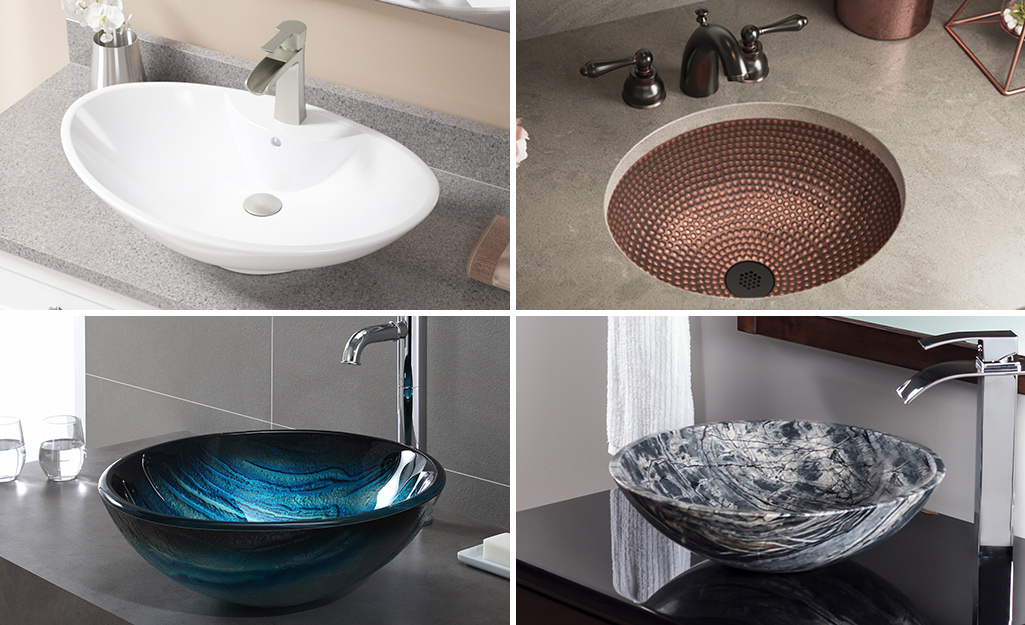 Undermount sinks are a popular choice for modern bathrooms as they provide a sleek and seamless look. These sinks are installed beneath the countertop, creating a clean and uninterrupted surface. The
pros
of undermount sinks include their easy cleaning and maintenance, as well as their ability to save space in smaller bathrooms. However, the
cons
may include higher installation costs and the potential for water to seep into the countertop if not installed properly.
Undermount sinks are a popular choice for modern bathrooms as they provide a sleek and seamless look. These sinks are installed beneath the countertop, creating a clean and uninterrupted surface. The
pros
of undermount sinks include their easy cleaning and maintenance, as well as their ability to save space in smaller bathrooms. However, the
cons
may include higher installation costs and the potential for water to seep into the countertop if not installed properly.
2. Vessel Sinks
 Vessel sinks are becoming increasingly popular due to their unique and eye-catching design. These sinks sit on top of the countertop, resembling a bowl or basin. The
pros
of vessel sinks include their versatility in design and their ability to make a statement in any bathroom. However, the
cons
may include higher water splashing and the need for a taller vanity or countertop to accommodate the sink.
Vessel sinks are becoming increasingly popular due to their unique and eye-catching design. These sinks sit on top of the countertop, resembling a bowl or basin. The
pros
of vessel sinks include their versatility in design and their ability to make a statement in any bathroom. However, the
cons
may include higher water splashing and the need for a taller vanity or countertop to accommodate the sink.
3. Pedestal Sinks
 Pedestal sinks are a classic choice for traditional or vintage-style bathrooms. These sinks are supported by a pedestal, concealing the plumbing and creating a more streamlined look. The
pros
of pedestal sinks include their space-saving design and easy installation. However, the
cons
may include limited storage space and a lack of counter space for bathroom essentials.
Pedestal sinks are a classic choice for traditional or vintage-style bathrooms. These sinks are supported by a pedestal, concealing the plumbing and creating a more streamlined look. The
pros
of pedestal sinks include their space-saving design and easy installation. However, the
cons
may include limited storage space and a lack of counter space for bathroom essentials.
4. Wall-Mounted Sinks
 Wall-mounted sinks are another space-saving option for smaller bathrooms. These sinks are attached directly to the wall, leaving the floor space underneath open. The
pros
of wall-mounted sinks include their modern and minimalist look, as well as the ability to customize the height for comfort. However, the
cons
may include the need for extra support and reinforcement for heavier sinks.
Choosing the right bathroom sink
ultimately comes down to personal preference and the overall style of your bathroom. Consider the size, design, and functionality of each type of sink before making a decision. Remember to also factor in installation costs and maintenance requirements. With the right choice, your bathroom sink can be a functional and stylish addition to your house design.
Wall-mounted sinks are another space-saving option for smaller bathrooms. These sinks are attached directly to the wall, leaving the floor space underneath open. The
pros
of wall-mounted sinks include their modern and minimalist look, as well as the ability to customize the height for comfort. However, the
cons
may include the need for extra support and reinforcement for heavier sinks.
Choosing the right bathroom sink
ultimately comes down to personal preference and the overall style of your bathroom. Consider the size, design, and functionality of each type of sink before making a decision. Remember to also factor in installation costs and maintenance requirements. With the right choice, your bathroom sink can be a functional and stylish addition to your house design.


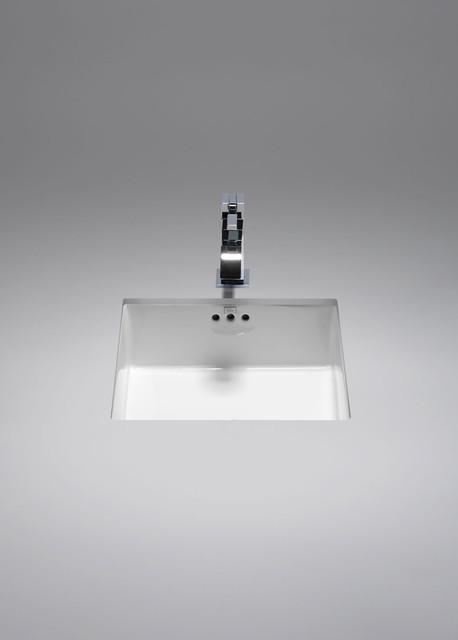


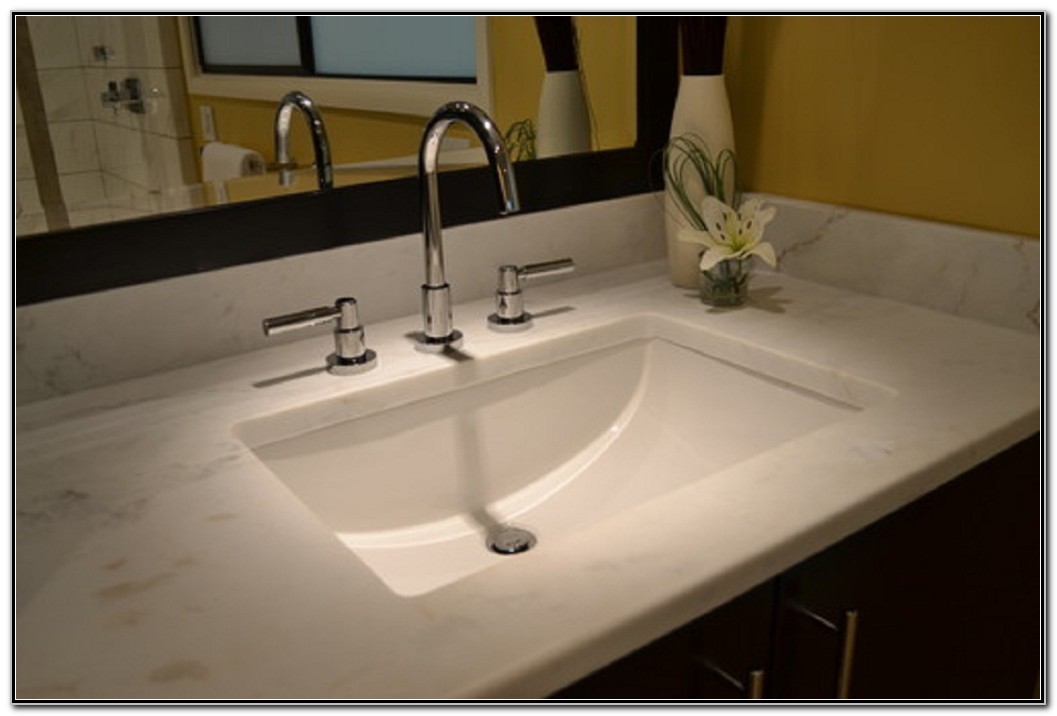








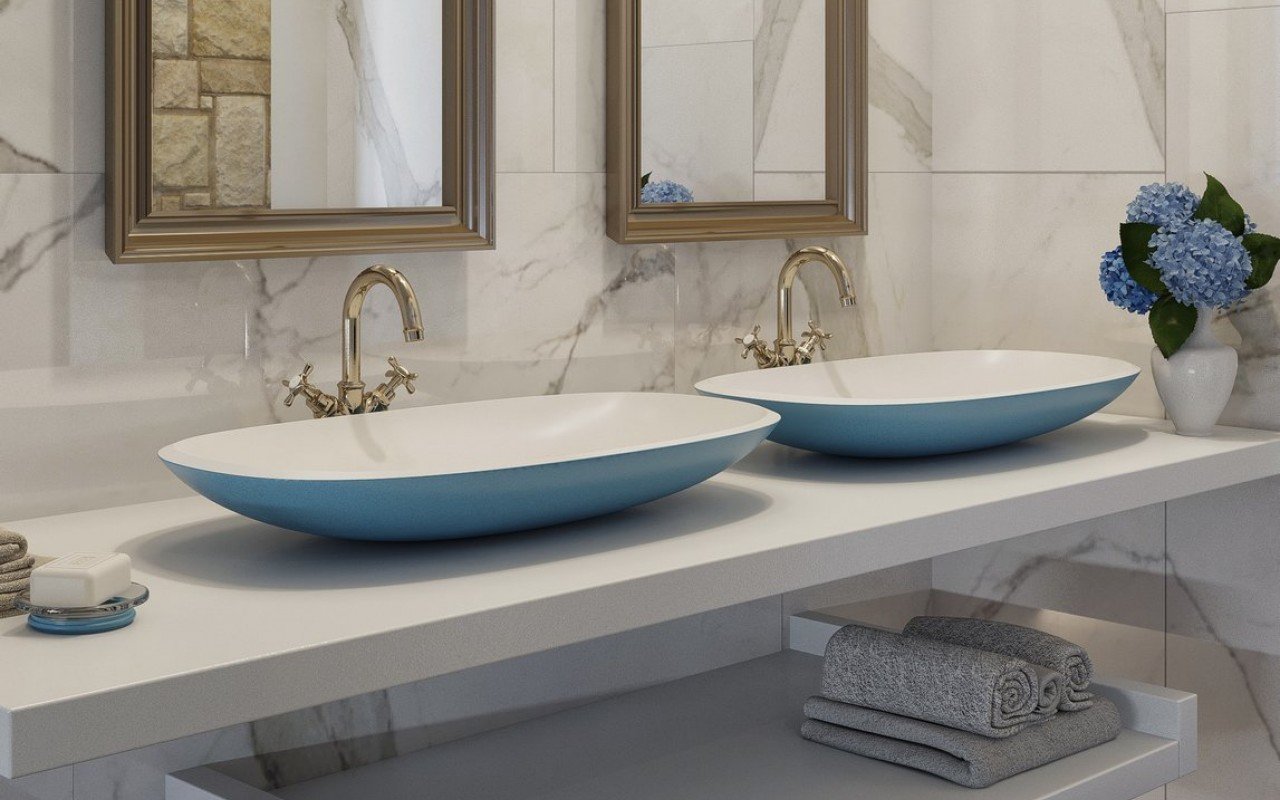

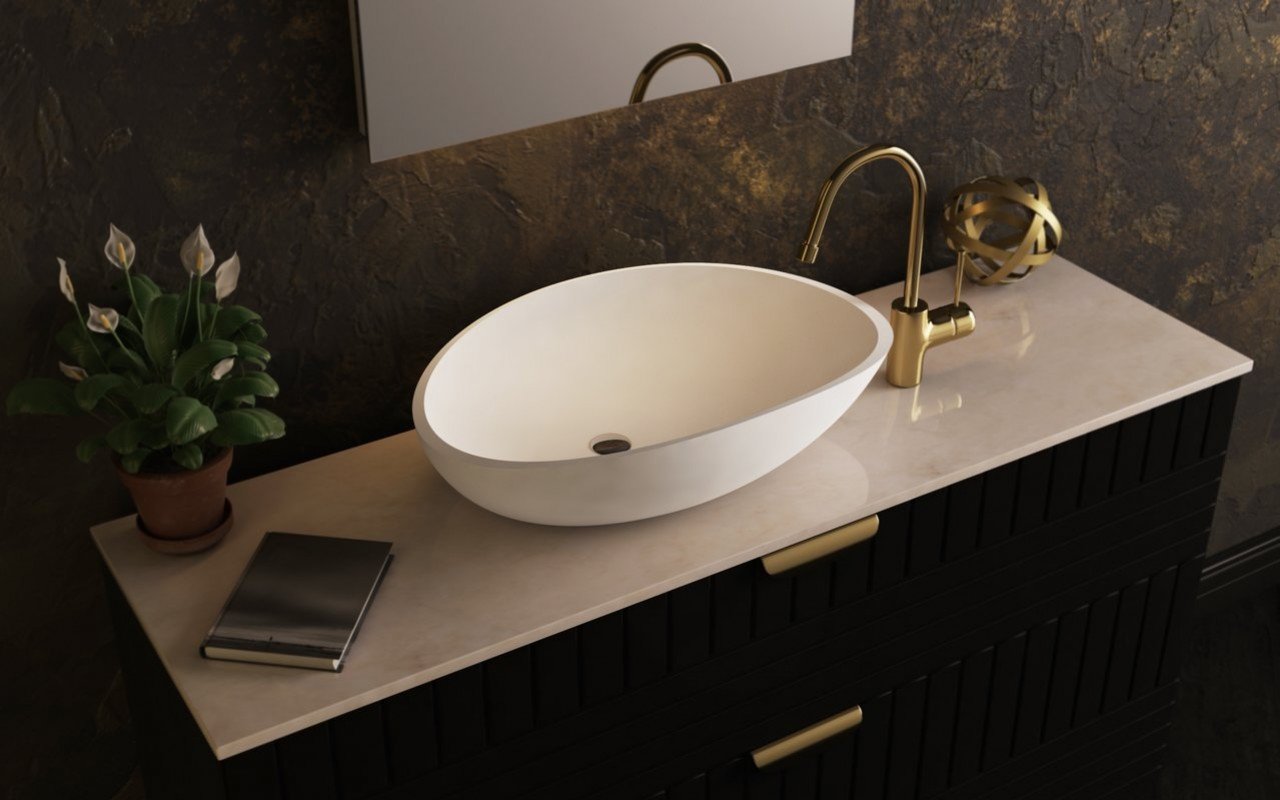


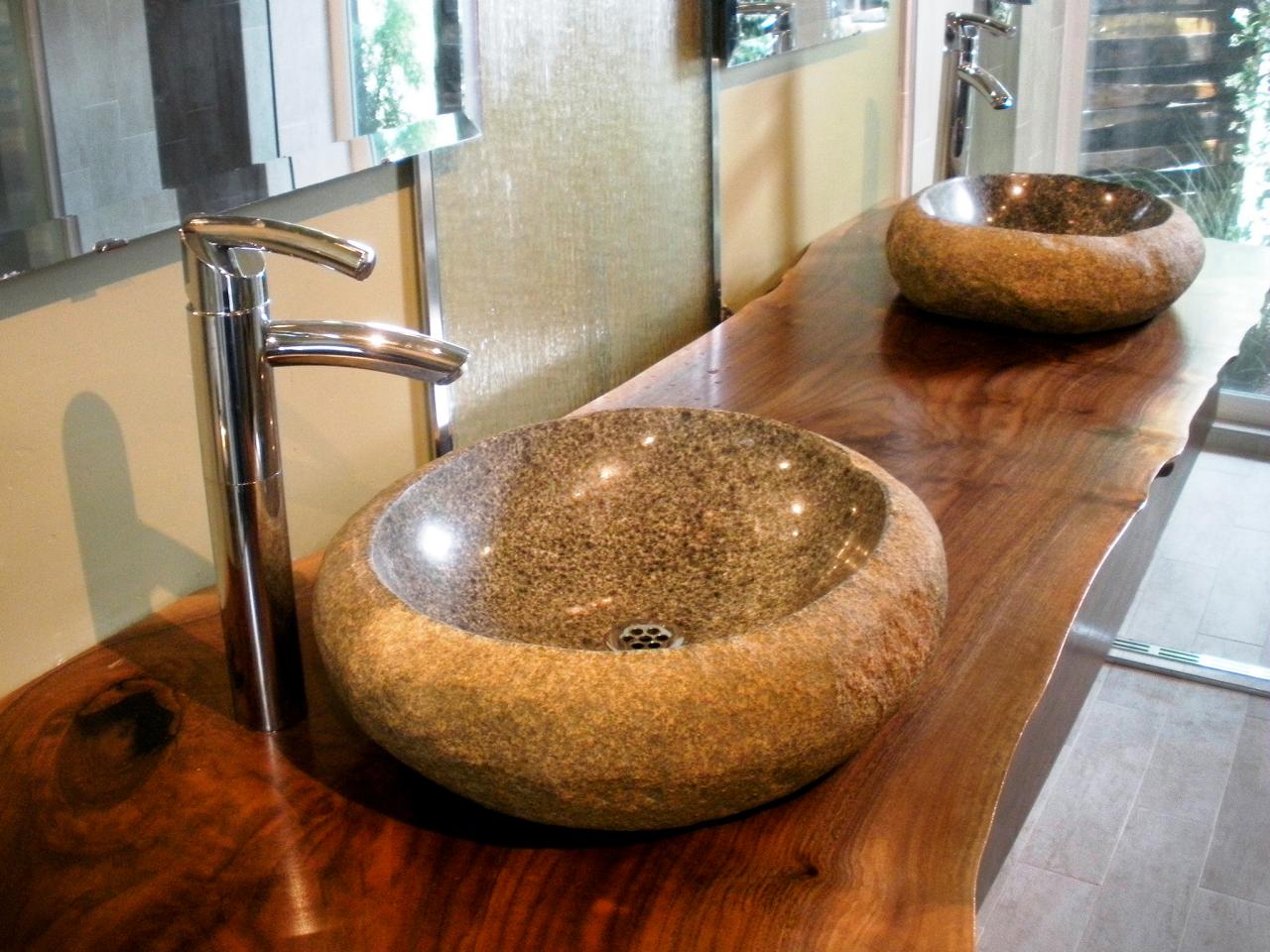
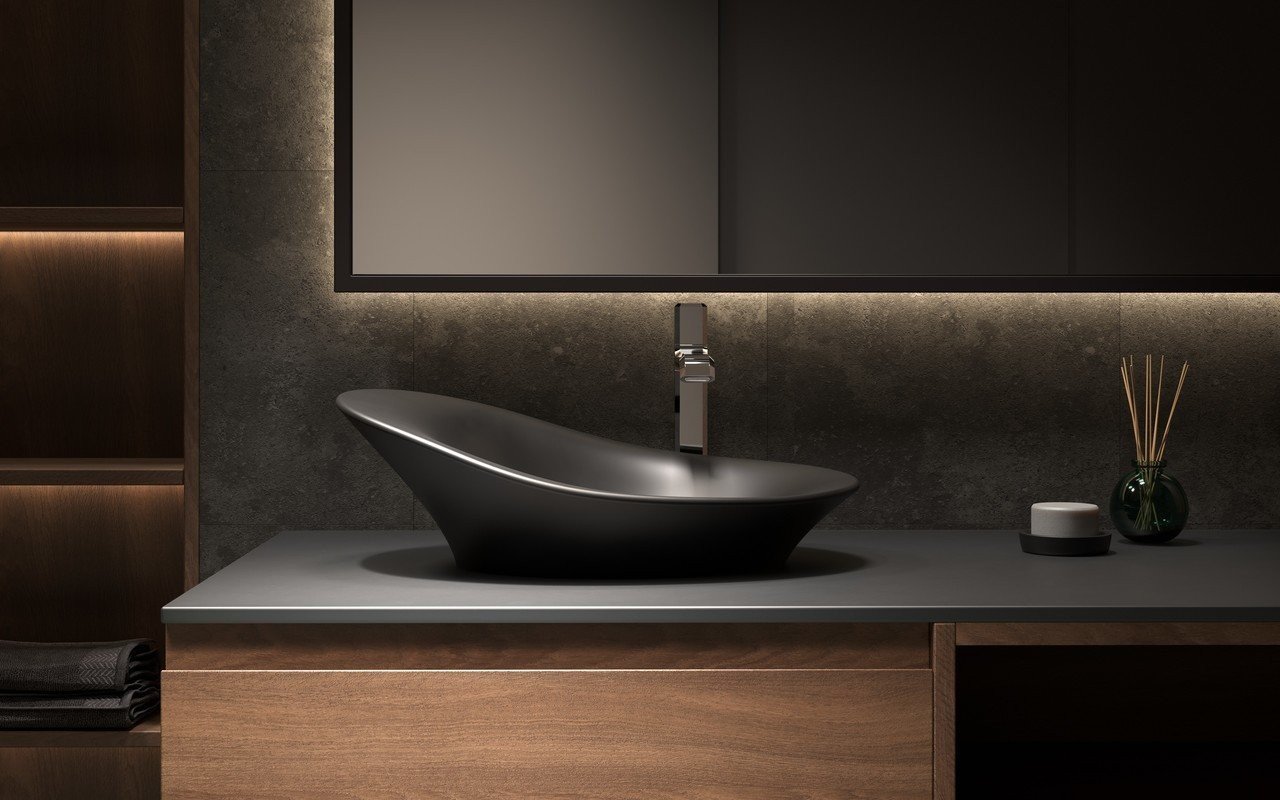



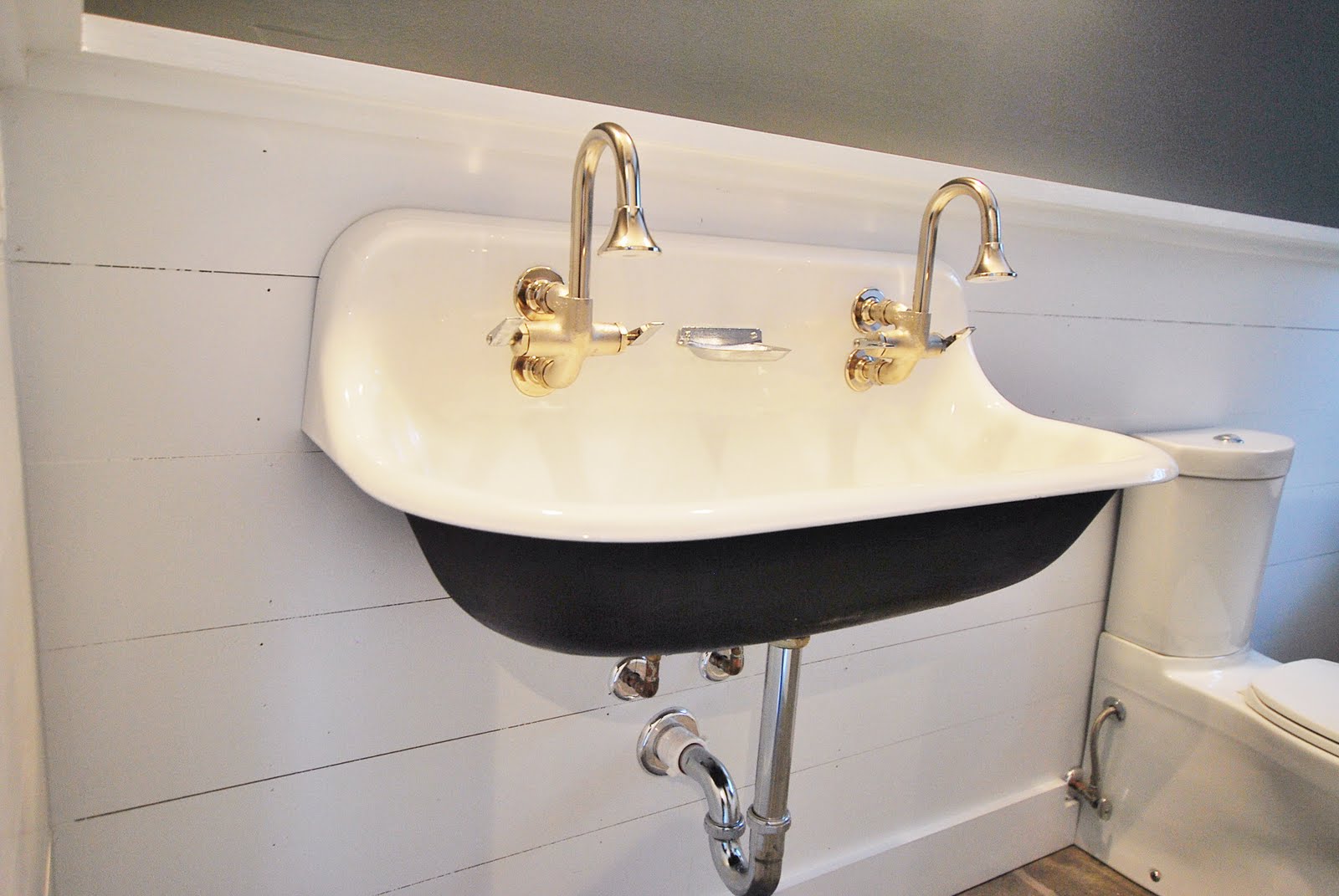

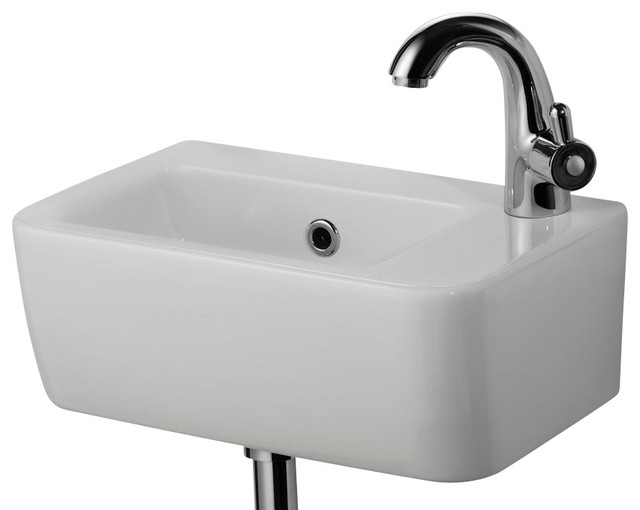
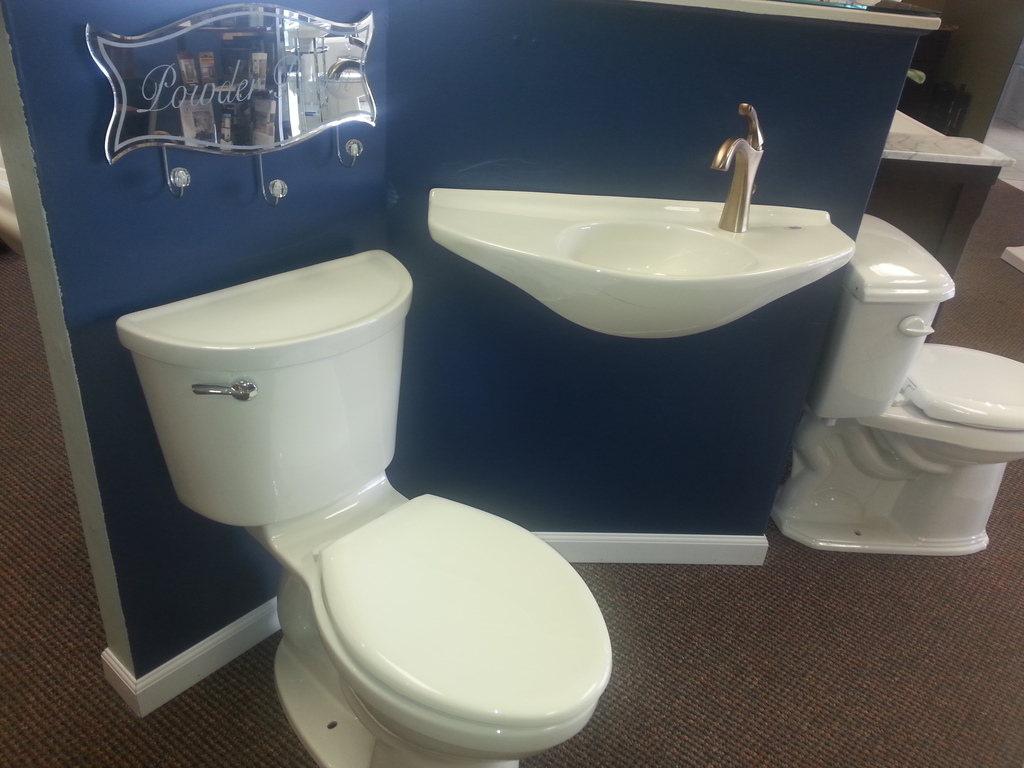
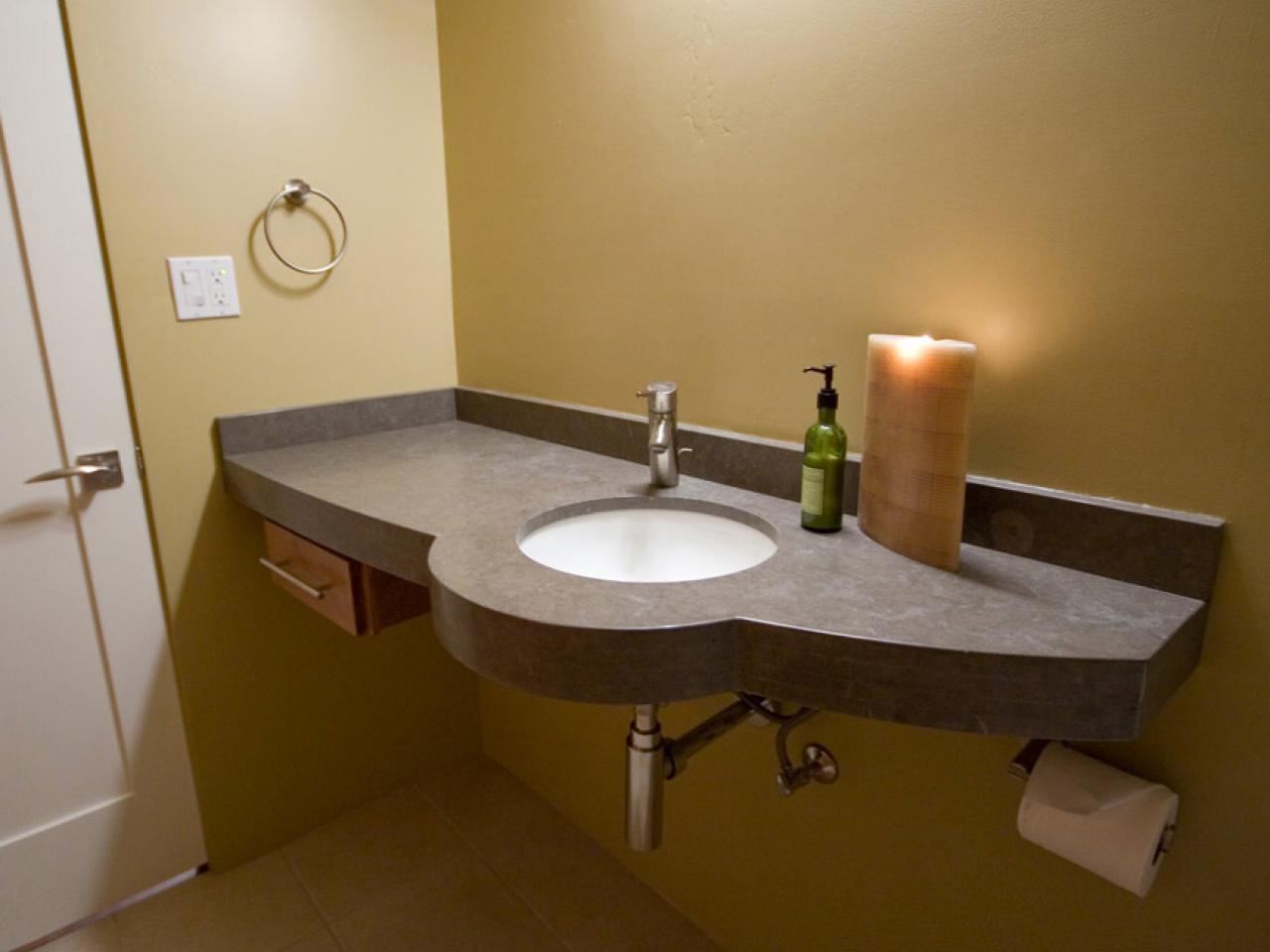
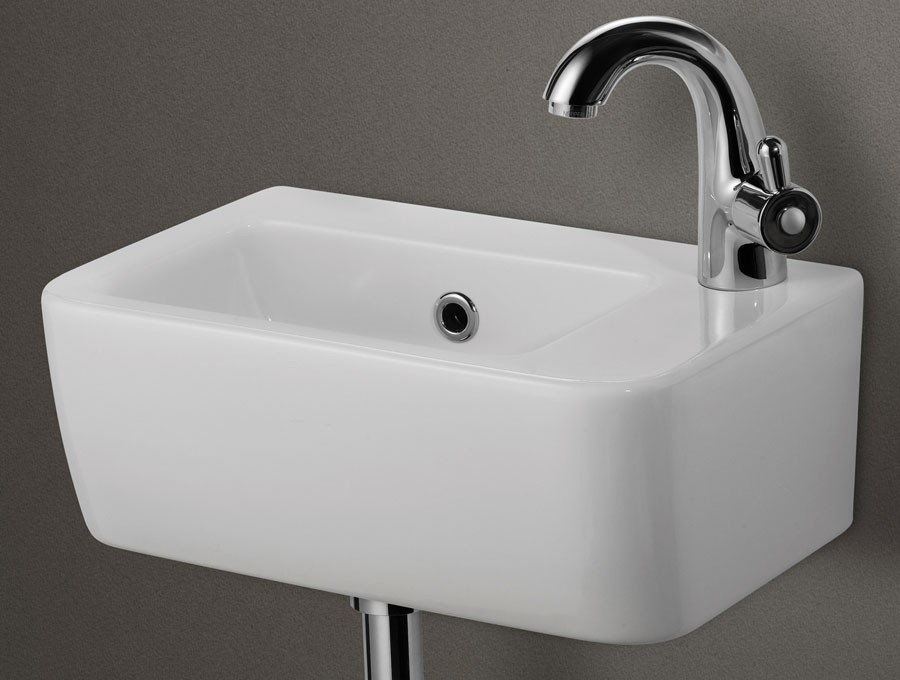


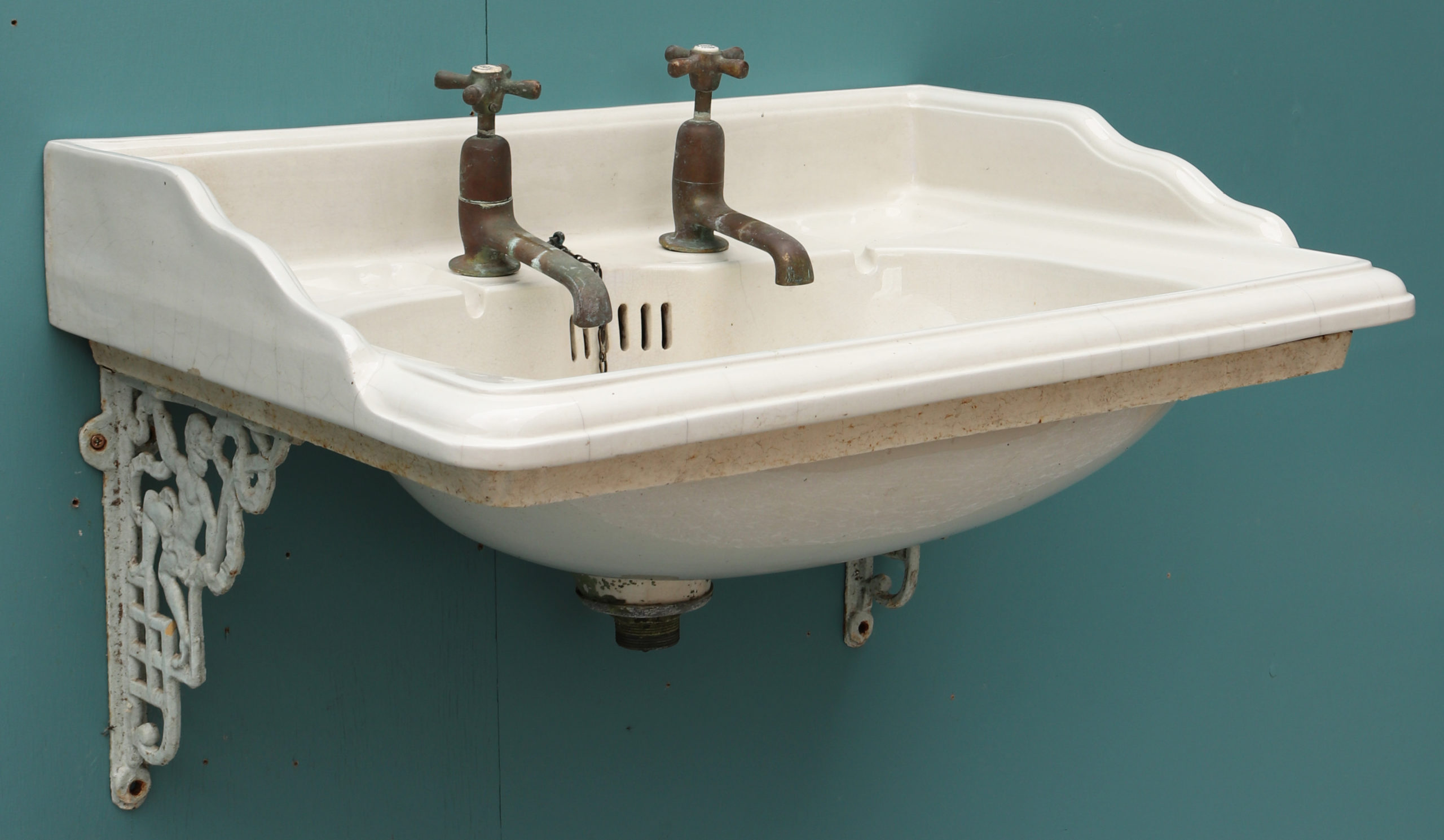
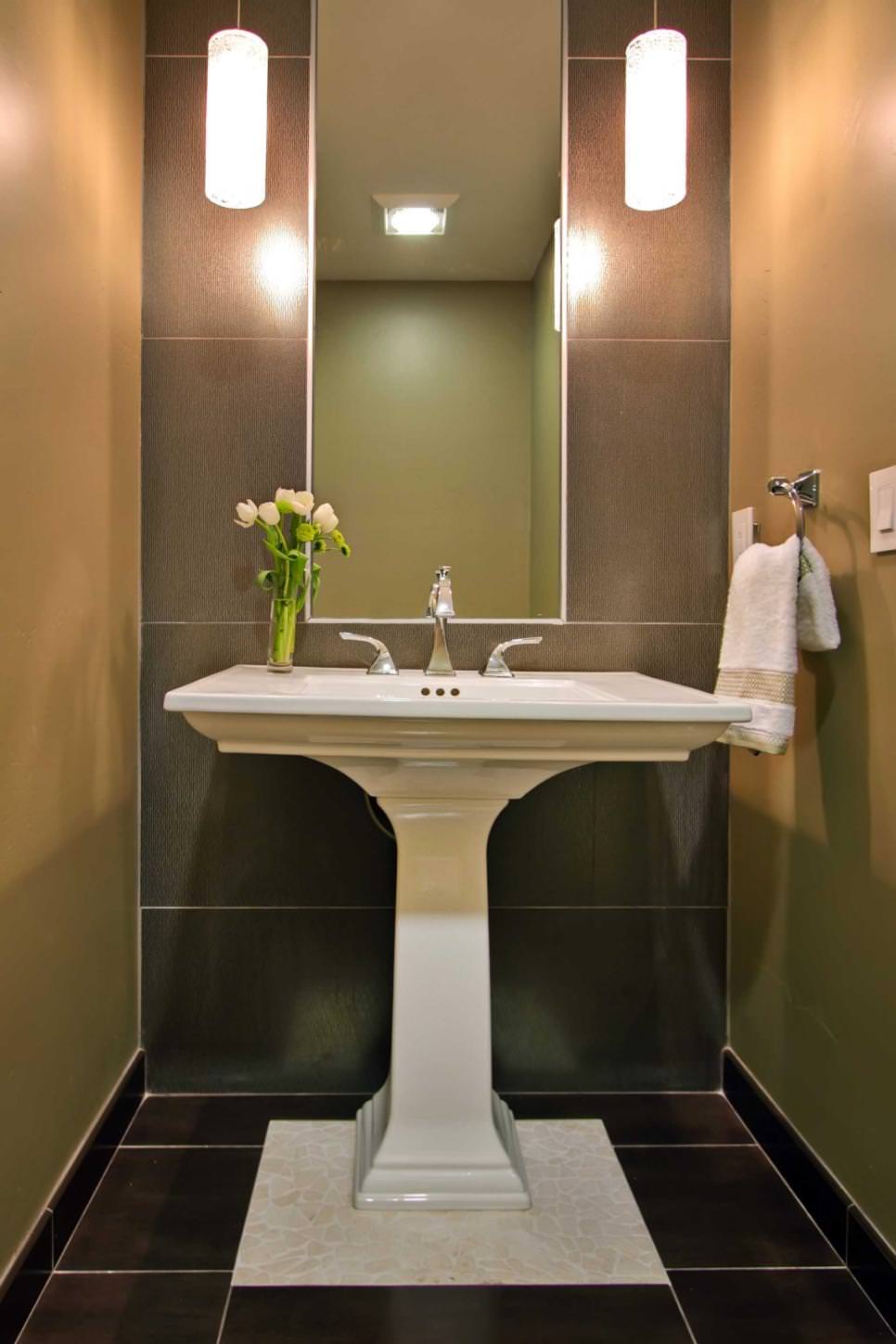


/bathroom-sink-184112687-5887c27c5f9b58bdb367dd56.jpg)
:max_bytes(150000):strip_icc()/Bathroompedestalsink-GettyImages-1163655799-1cdc1e798bb44ff488e565243d061c9a.jpg)
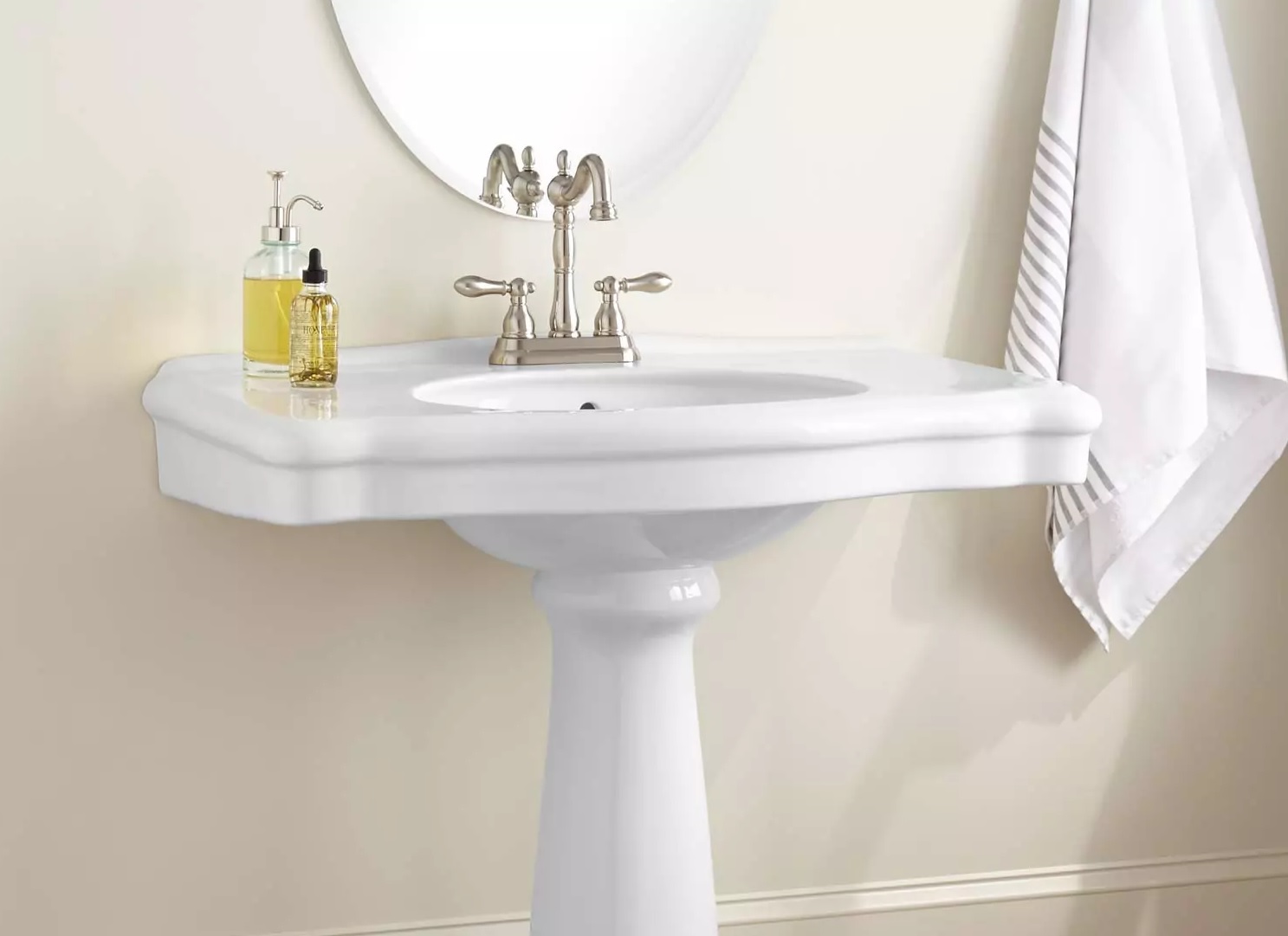
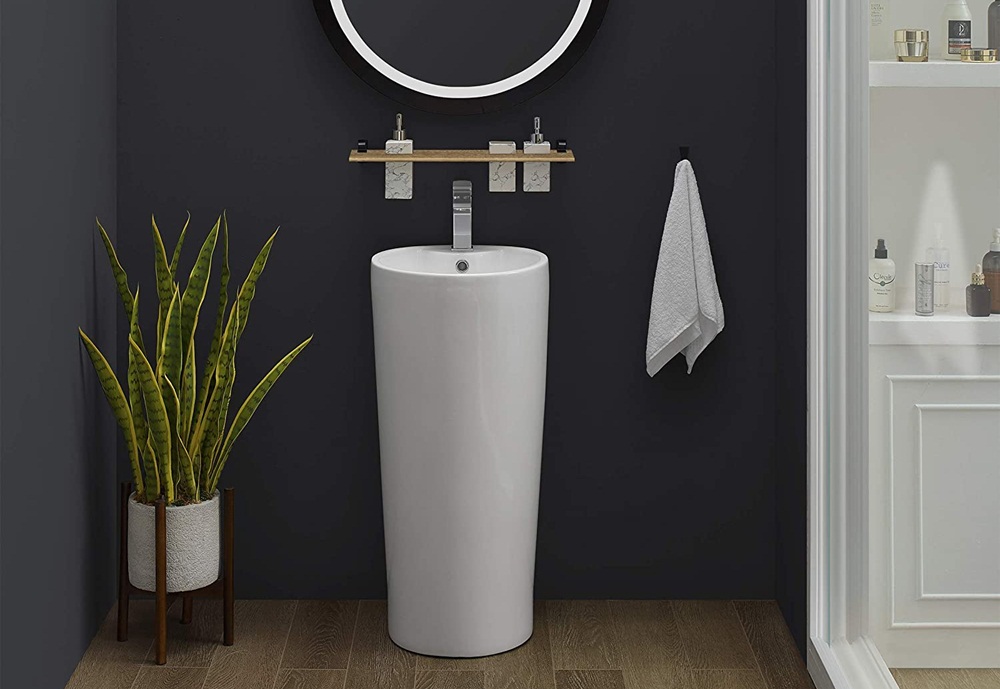
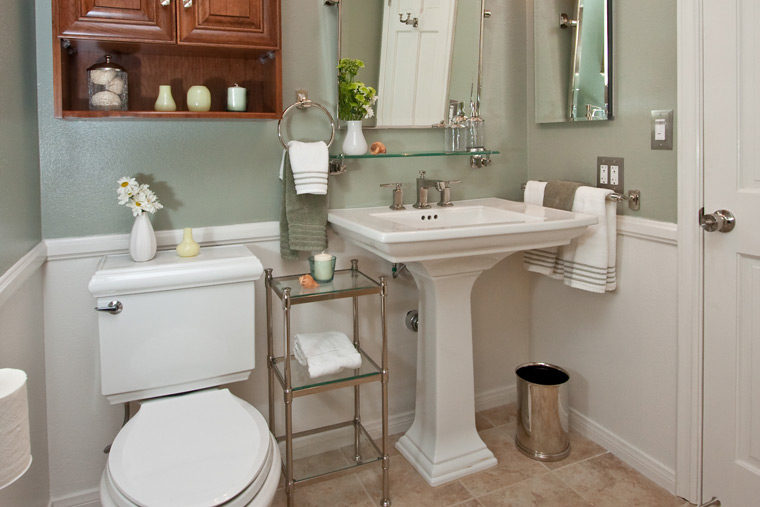



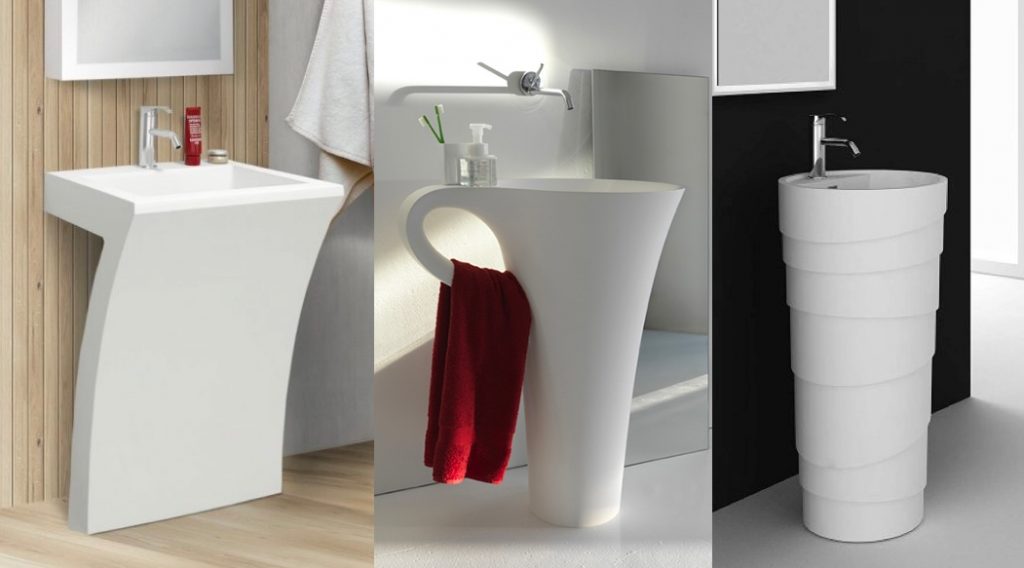


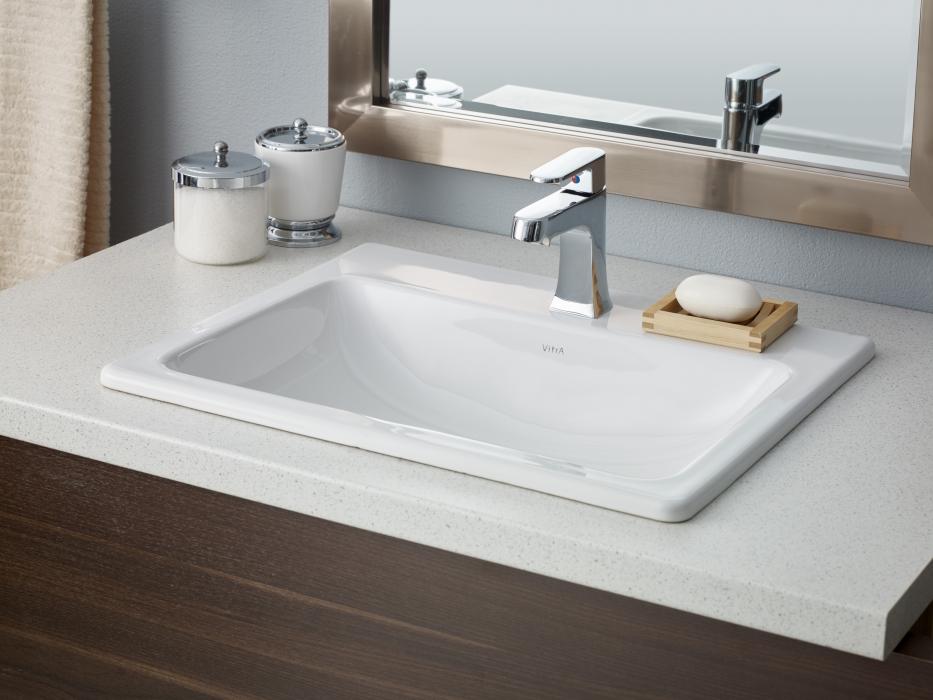




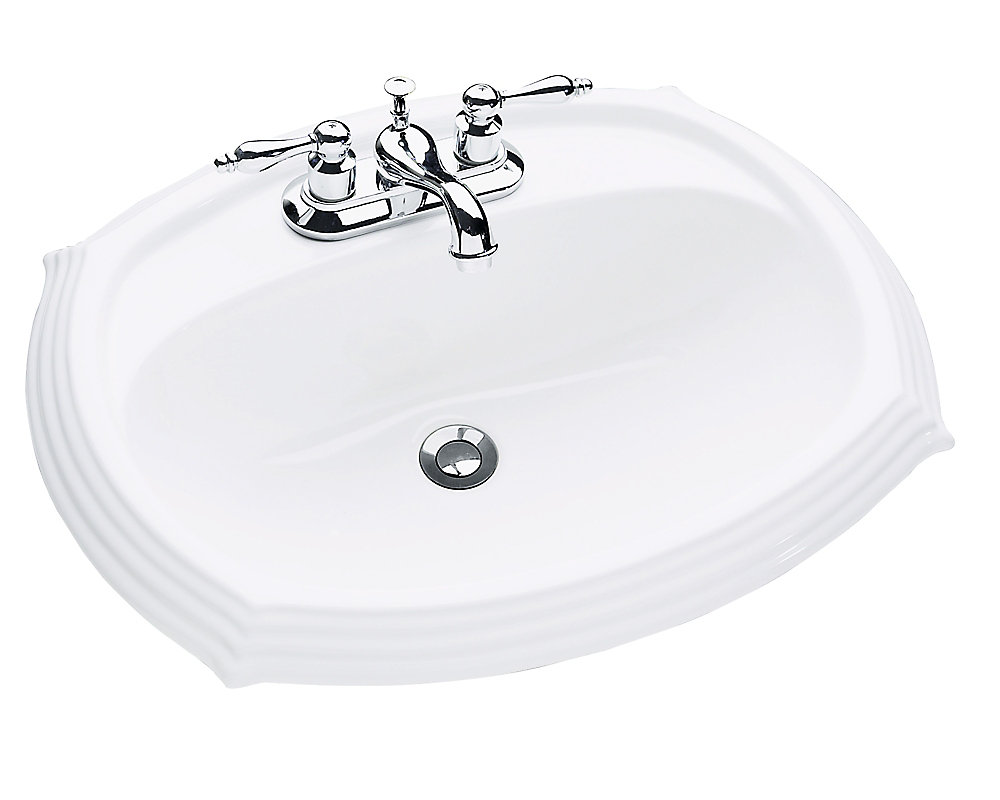


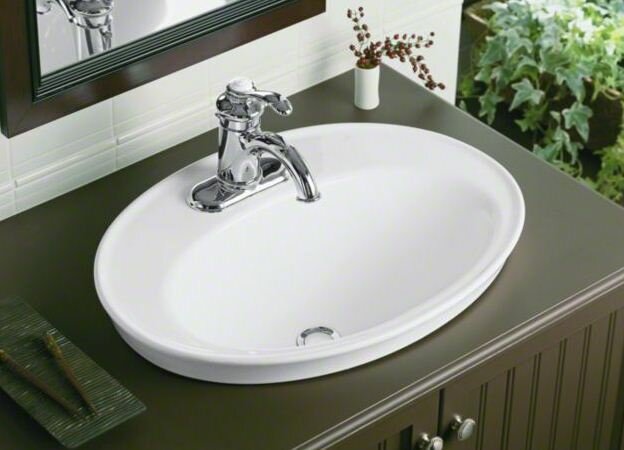



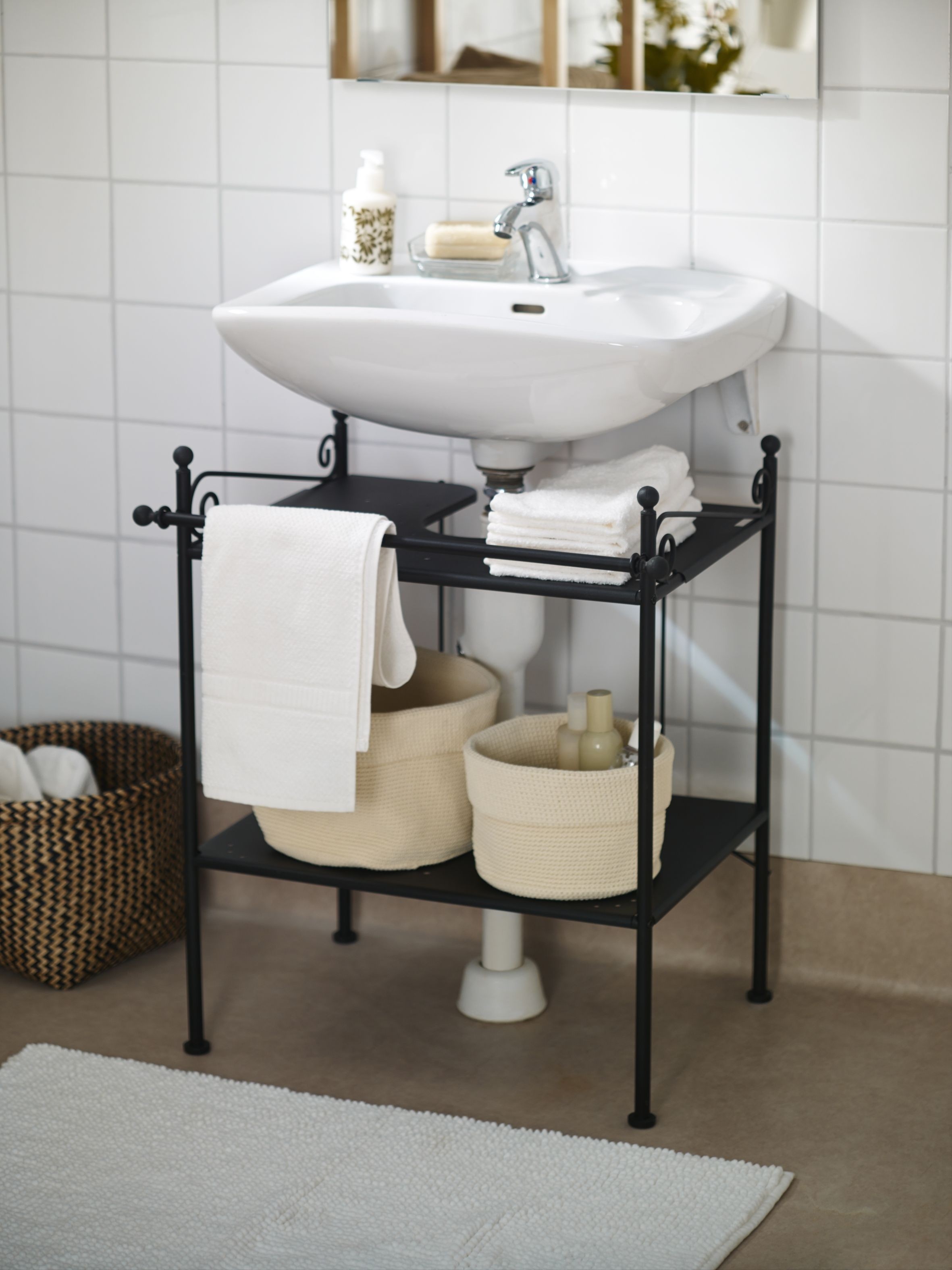


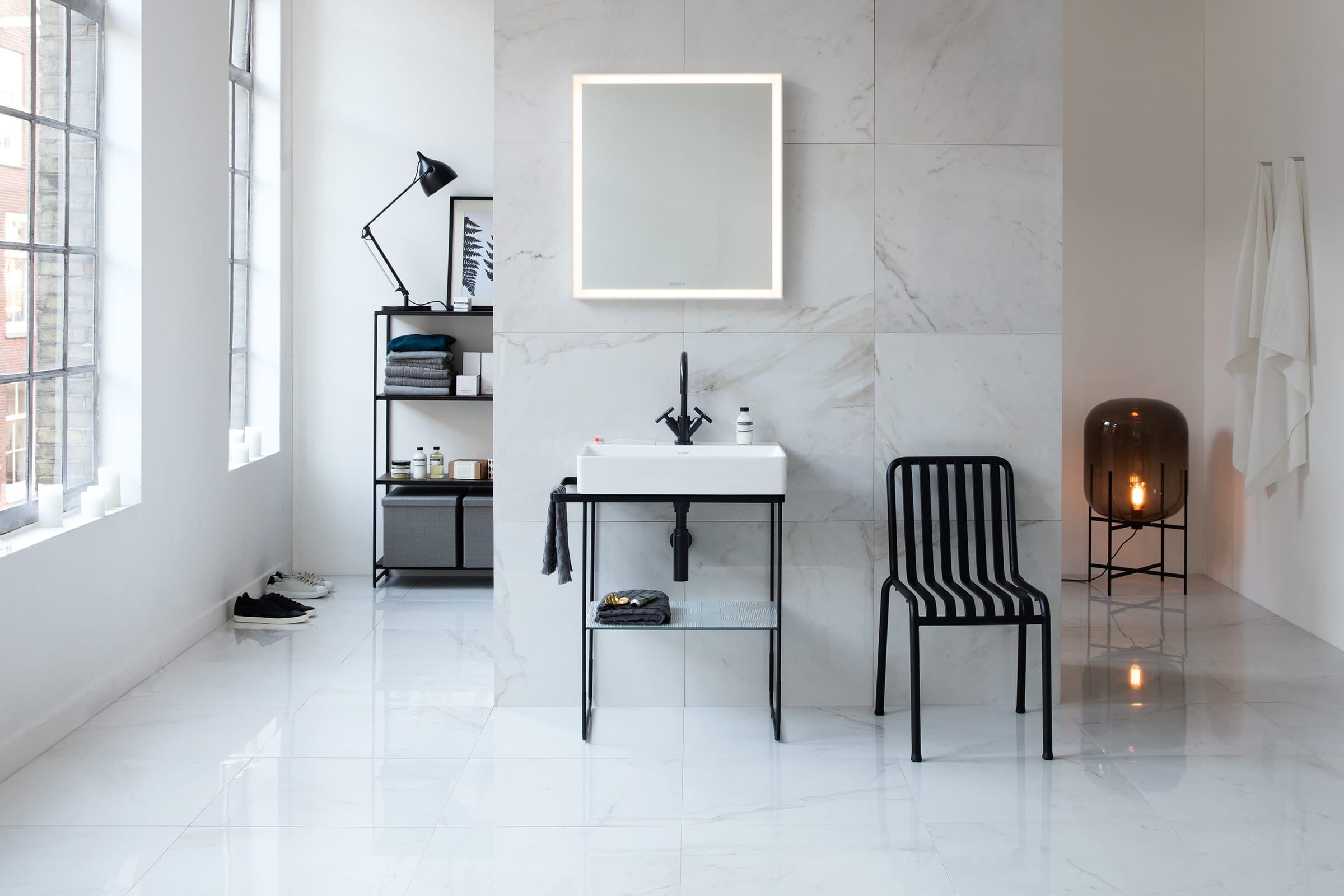


/Heath-Ceramics-589dbbda5f9b58819c755fd2.jpg)


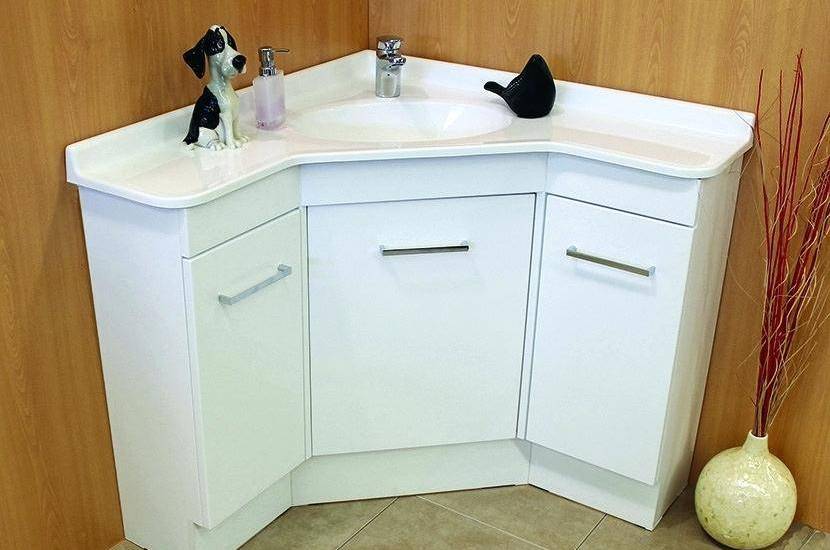



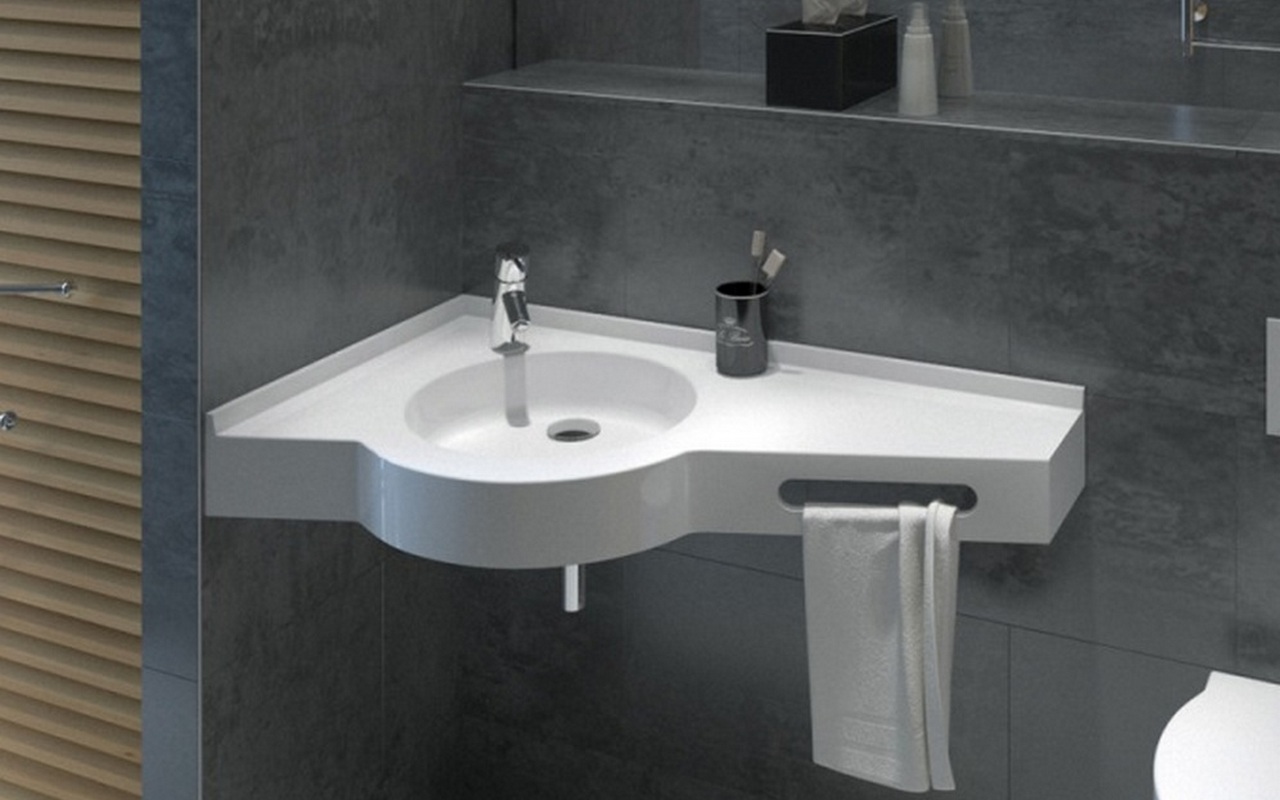








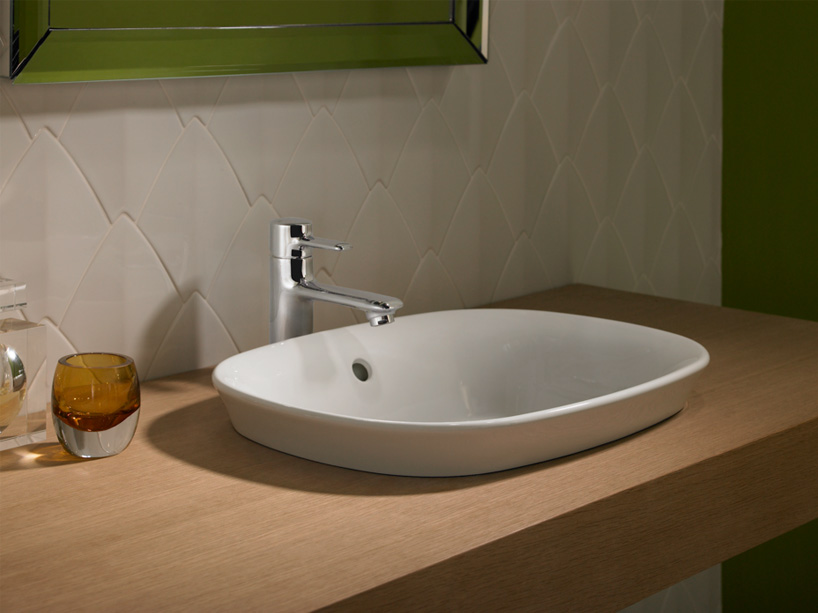
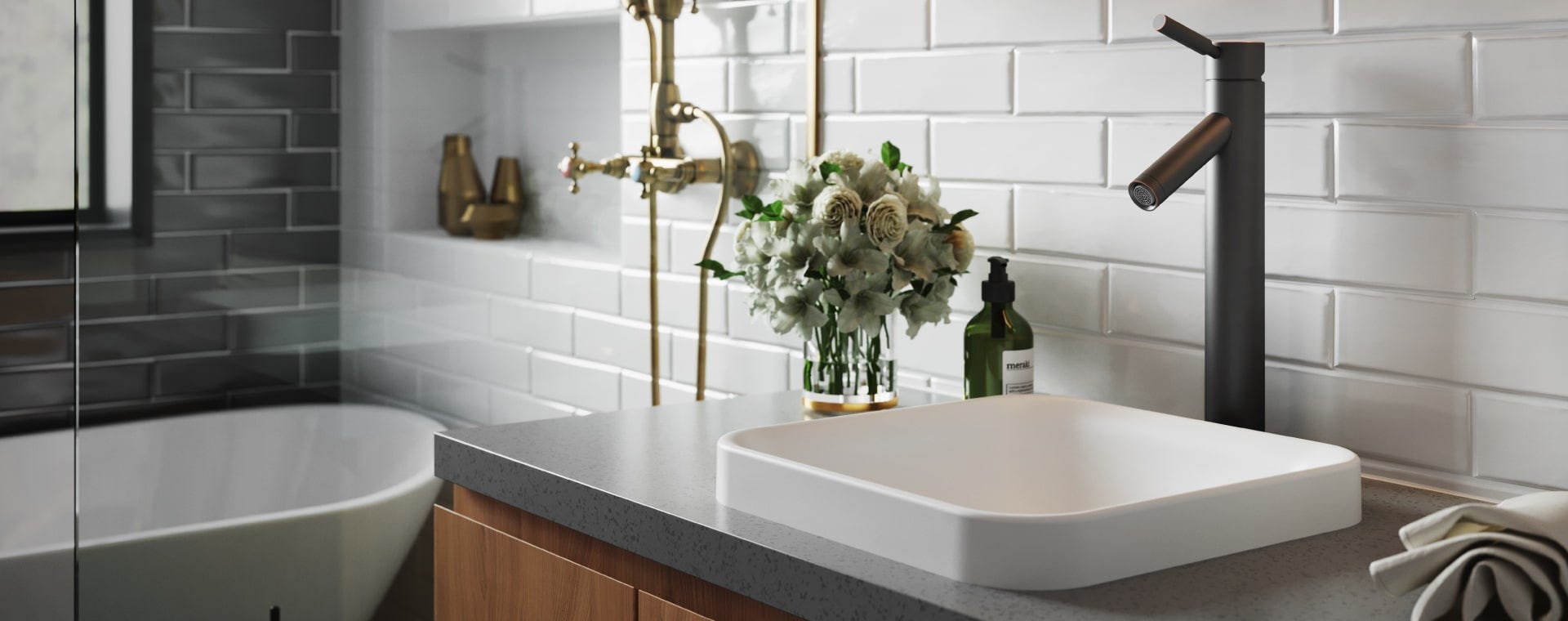









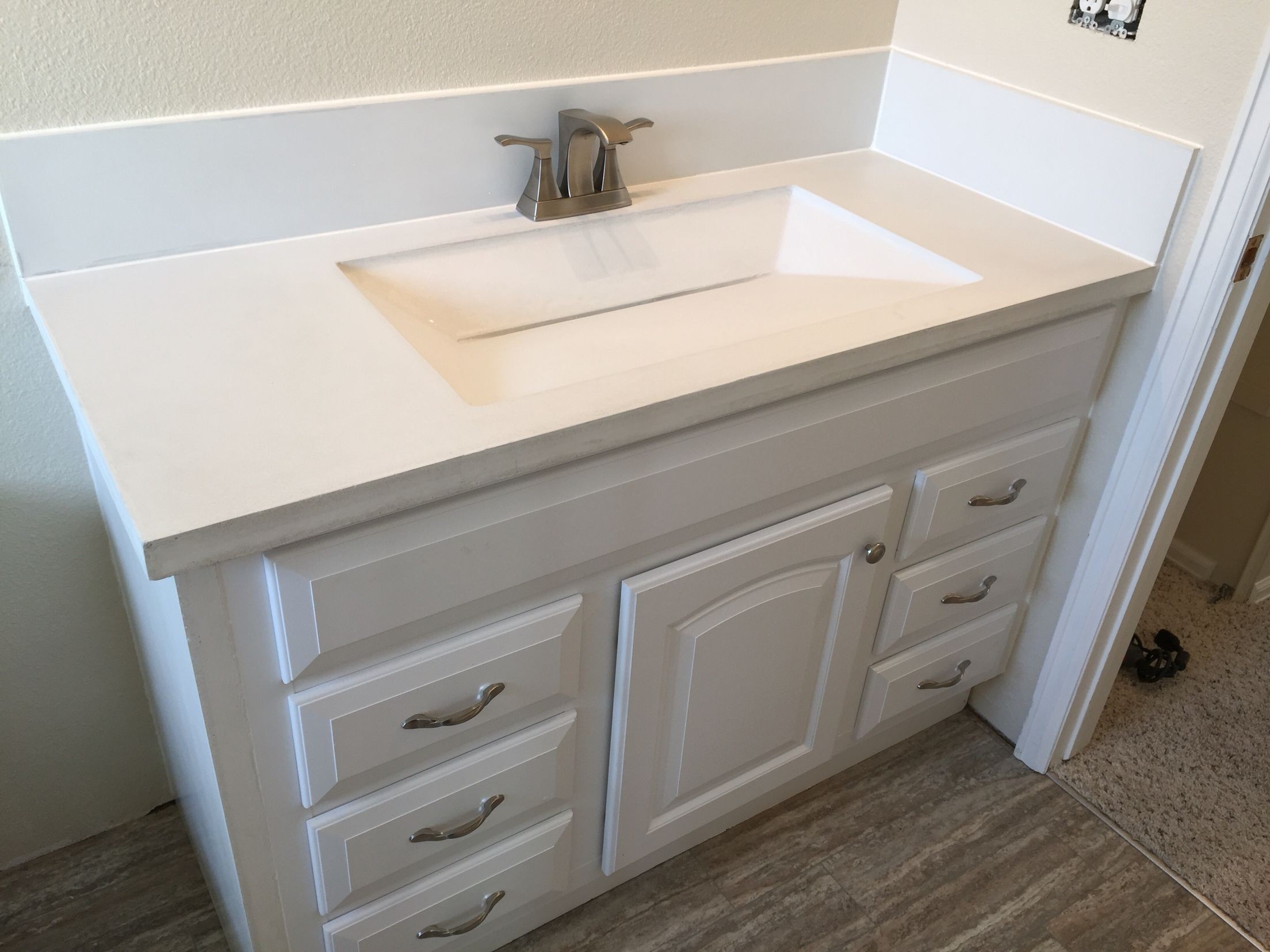


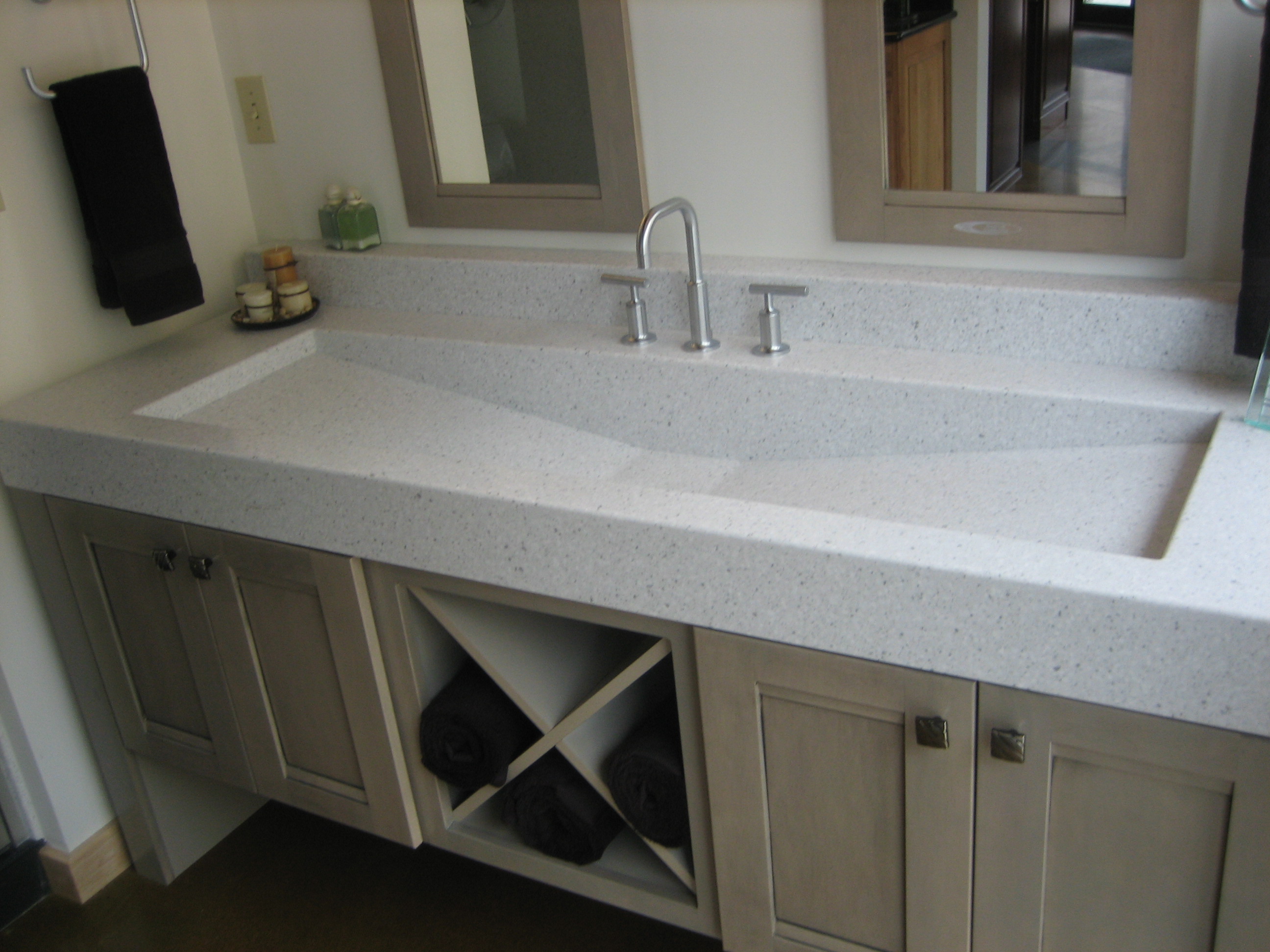
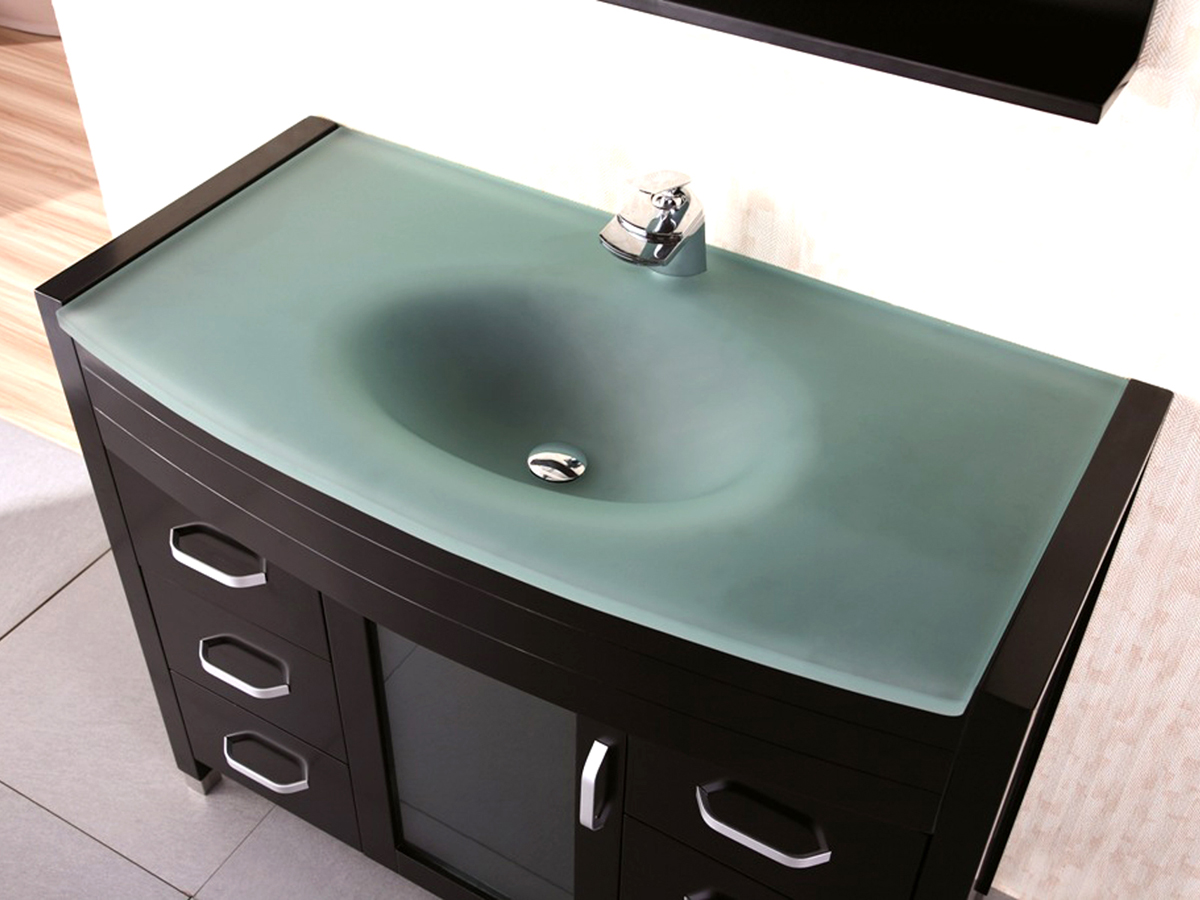



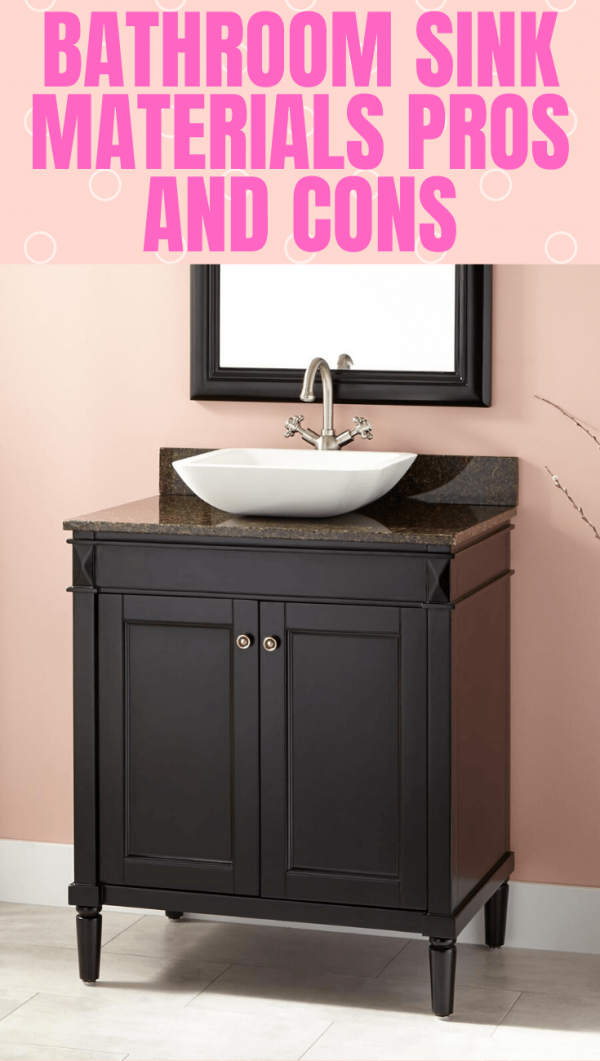
:max_bytes(150000):strip_icc()/kitchendoubleBasinsink-GettyImages-1098390260-420372a617b748d8a06491e6ad82d107.jpg)

